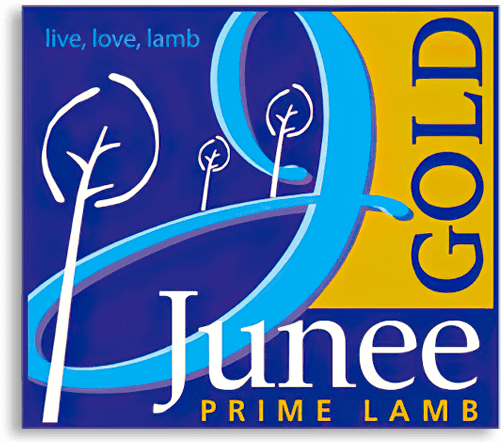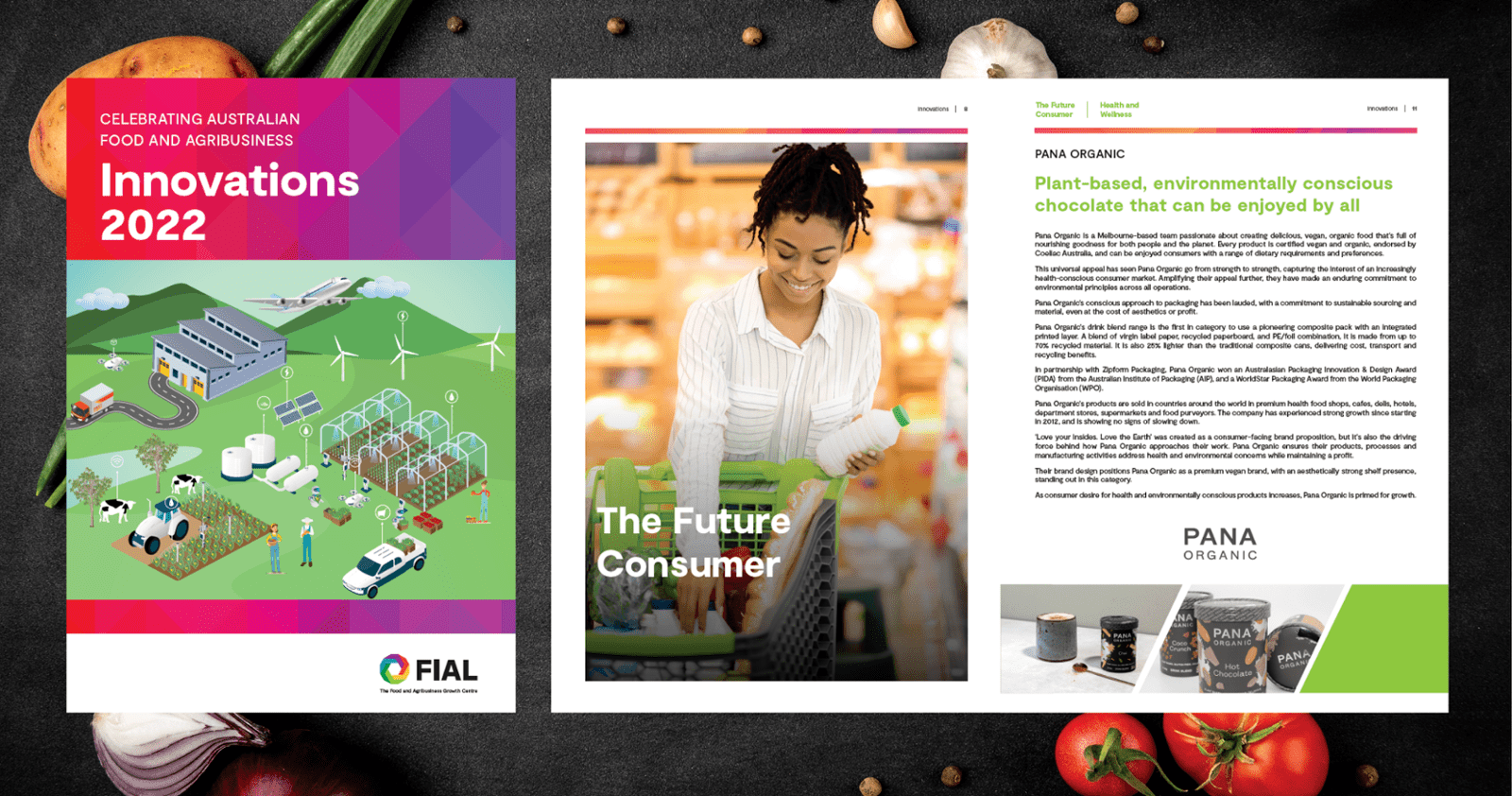Capturing the Prize: the A$200 billion opportunity for Australia's food and agribusiness sector/ Enhanced Production and Value Addition / Food loss and waste
Opportunities to reduce food loss and waste throughout the supply chain (primary producers, manufacturers and consumers), improve the sustainability of production and supply and develop viable value-added end products from what is currently wasted.
Junee Prime Lamb is a leading producer of premium quality Australian lamb. It operates a paddock-to-plate service for customers. It vacuum shrink packs its bone-in lamb products in bulk pack formats that are then transported to another processing plant for reprocessing into smaller retail pack formats. During the transportation process, the sharp bones were scuffing against the re-usable plastic crates, puncturing the package and driving large volumes of waste.
Working with packaging specialists Sealed Air, it redesigned its packaging, reducing both food and water waste without compromising its 90-day shelf life. This long shelf life also enables Junee Prime Lamb to export its fresh chilled Australian lamb far and wide, all while reducing food loss costs and strengthening sthe reputation of Australia’s red meat industry.
Meat products ending up in landfill contribute to over 20 per cent of the carbon footprint of total food waste. Junee Lamb has chosen to be part of the solution, and has been recognised with an Australasian Packaging Innovation & Design Award (PIDA) from the Australian Institute of Packaging (AIP), and twoWorldStar Packaging Awards from the World Packaging Organisation (WPO).
Collaborating with Sealed Air, its Cryovac® brand Total Bone Guard vacuum barrier shrink bag delivered the best solution. The design provides tough puncture, tear and abrasion resistance, high oxygen barrier properties, is recyclable, and has built-in bone guard protection in areas that need it most. By identifying the areas of the bag at risk of puncture, bone guard can be purposefully positioned on the bag to protect those areas. The bone guard patch is material-efficient while delivering maximum protection and shelf life.
The lamb can now better withstand the rigours of production, storage, and distribution, resulting in less waste.



